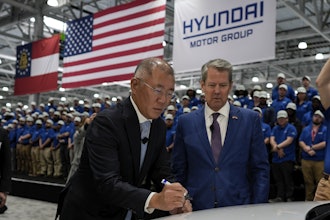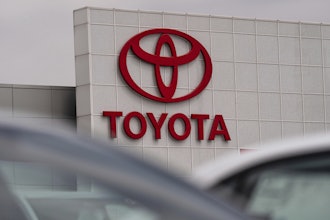I keep waiting for it to slow down, but it seems like every new week brings a fresh recall story in the automotive industry.
We’re all pretty familiar with the General Motors ignition switch debacle, which GM acknowledged resulted in 52 deaths, a number that will quite possibly rise as compensation claims continue to be reviewed. In other massive product bungles, Takata’s recall has resulted in 2 million+ vehicles being earmarked for airbag replacement due to faulty inflators that can explode, shooting out sharp metal fragments, and/or faulty sensors that could cause inadvertent deployments.
Though the companies at the heart of the recalls have reacted in various ways – from GM’s Mary Barra testifying before Congress to Takata long-resisting demands that it expand its recall of airbags – both companies came out looking careless and inept. For many on the outside, it’s hard to understand how such safety incidents could have ballooned to the epic proportions they have.
In a recent article on www.IMPOmag.com – The Challenges of Defining “Dangerous” – author Adam Gittler of ACME Business Consulting looks at how manufacturers define “Safety” and “Dangerous,” and the subjectivity that lies at the root of many quality control processes.
In the article, Gittler reviews a process with a client meant to determine how consistent an organization was in determining reasonable causality when it came to a customer reporting a safety incident. The idea was to develop a baseline of consistency, so there was a reasonable likelihood that any one person handling the incident would make the same decision as to whether the situation in question was deemed a safety incident and, thus, documented and processed as such. In Gittler’s exercise with his client, he chose nine random employees, including the head of product safety, regulatory engineers, internal sales representatives and design engineers. He presented each with nine safety incidents and asked which they would report.
“After tallying the results, I asked the team what level of consistency they expected to find,” said Gittler. “In manufacturing, an organization generally shoots for 90% or greater; the range of respondents’ answers varied from 25% to 90%. The actual level of consistency, however, was 0.00%. In other words, as I told the team, in each of the nine safety incidents, one of their co-workers disagreed with their assessment.”
It’s easy to look at a situation like GM’s and wonder how it got so catastrophically out of control, but Gittler’s exercise suggests that even the best-laid plans are subject to more than just a small sliver of error. It’s one thing to have a reporting process for safety incidents, but it’s clear that assessment subjectivity gaps can fail to produce the results required.
So instead of sneering at the news out of the automotive sector, as recall numbers rise, take the experiences of these manufacturers as a cautionary tale. Could it happen to you? And if not, are you sure it couldn’t?
After the experiment, Gittler describes the “collective shudder” from the group as they realized the significant gaps in the process. Clearly, they thought they were in a better position to identify and define a safety incident. Instead, Gittler said, “This fact highlighted why the organization, and perhaps any organization with similar relevant decisions, was wise to proactively explore it.”
Check out The Challenges of Defining Dangerous.






















